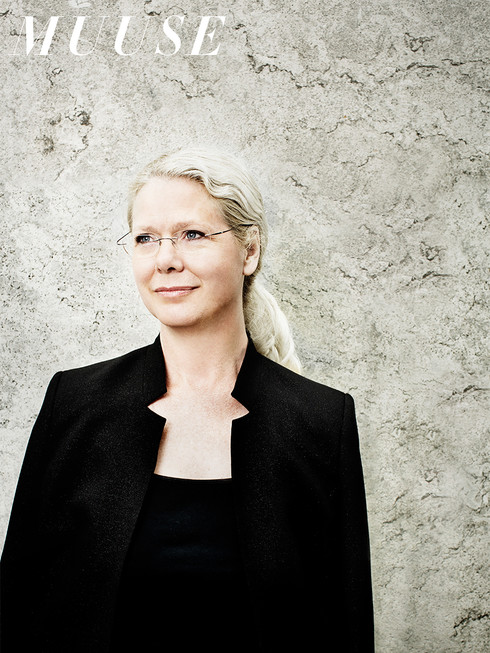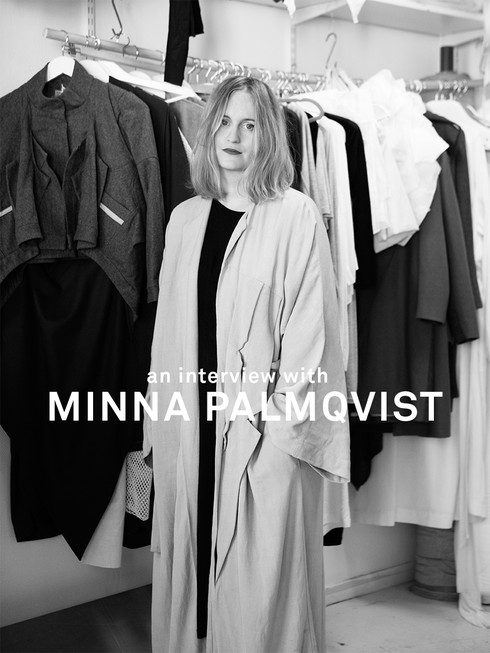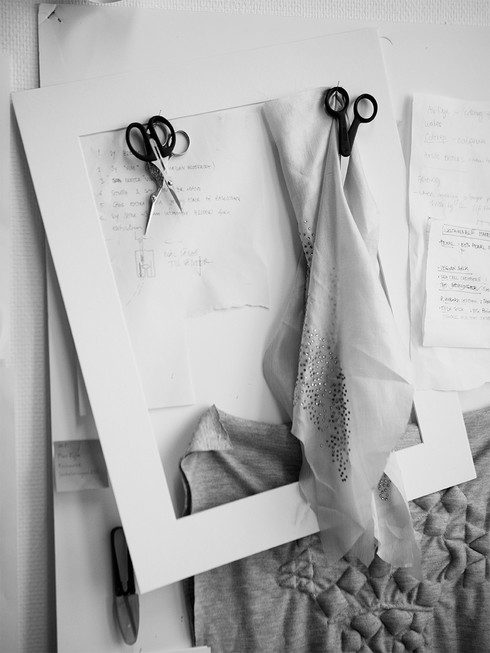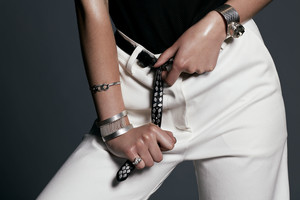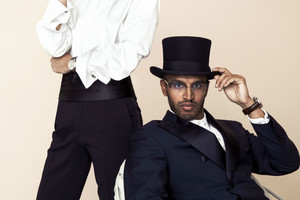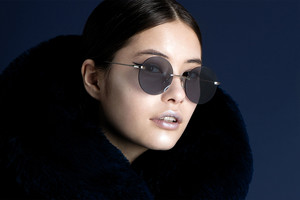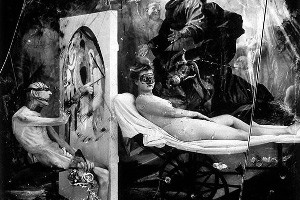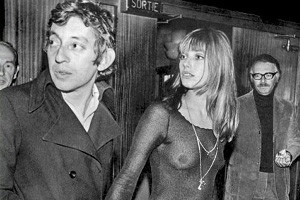20 Minutes with Minimarket: an interview with Sofie Elvestedt
Written by Mari FlorerMinimarket wants to design clothes that build confidence. They jokingly refer to an expression they call “dignified pyjamas”.
The designers want people to feel free and comfortable, whether they’re at a party or at work.
“Many fashion garments have a tendency to make you feel inadequate”, Sofie says after telling me she only has twenty minutes to spare.
Minimarket converted to a fashion brand 2006. The name came from their clothing store.
SE: A friend and I had a boutique with the same name, in SoFo, in Stockholm. We were selling clothes created for our shop by young Swedish and Danish newly graduated designers.
Her sisters and current colleges Pernilla and Jennifer did their internship at Minimarket. Soon, all sisters started to design easy-to-wear clothes as a complement to the young designers’ more advanced garments.
SE: We sold really well.
One day Weekday called. They were interested in selling our clothes. When we got their first order we closed the store.
At first the three sisters designed all together, but today they are splitting up the work to be more effective.
SE: But we are all involved in all different parts. We discuss a lot.
Sofie is the older sister and the head of the sales part and her design approach is very business focused.
SE: I have a bigger say over certain garments we call sell pieces. These are more basic, and must be found in order to withdraw money. I like safeguards.
Pernilla Elvestedt takes care of the material sourcing and production, and is also contributing extra to shoes and accessories.
The third sister Jennifer Elvestedt is the titled designer, accompanied by Abril Vergara, junior designer.
We look at the AW14 collection hanging on rails. There are prints and patterns inspired by the moon and the space. Colors like blue, green and orange are frequently used. The shoes are standing on white boxes in the middle of the room.
Some products stand out. A pair of cow patterned shoes, a sweater with a wolf howling in front of the full moon and a black and green tartan woollen cap.
MB: Is it possible to print on any material?
SE: It is almost possible. But some cannot be printed on since it depends on the structure of the fabric.
MB: Are you visiting the factories or producers to see that everything is in order?
SE: We have good control of the production and we visit our factories on regular basis. There is just one of the producers with which we are not very happy, they have failed with logistics and delivery dates for 2 seasons in a row, and unfortunately we have had to replace them for our next season.
MB: How can you as a designer take responsibility for the environment?
SE: It’s hard. All products drain the resources on earth. We can choose the right fabrics. Our most common fabric Cupro is free from toxins. We have tried new coloring techniques for example we’ve made scarves which are coloured with fruit and spices.
MB: So, what does this summer’s outfit look like?
SE: Oh, it’s hard to pick one outfit. I think a straight and flowy silhouette with many layers. We like to mix different lengths, for example we often combine thin pants with a dress on top, and then a shorter jacket on top of that. And you need a hat of course.
We sell a lot of hats. Sometimes I wonder who it is that buys all these hats, as I don’t see them so often in the streets.
Minimarket is not following trends. They do what they feel like.
SE: We have a lot of colors and patterns every year and we hope our customers use them many years. It´s better to buy fewer items with good quality.
It’s a little chaotic in the office and those who work may sit where there is space. A young woman is sitting on the floor and cutting out a pattern. Sofie helps an assistant to move her computer to an empty seat.
Minimarket moved into this place in September 2013 and are now renovating. They don’t allow us to take pictures inside.
MB: How many are employed here?
SE: Only five. A lot of people think that we mean that the design department is only five people, but it is actually the whole company.
MB: Are you sisters often arguing?
SE: It’s good to clear the air sometimes. Everyone needs to do that periodically. It helps you get back on the track again. I love working with my sisters and I’m very proud of what we have accomplished.
Pernilla asks Sofie if she is finished with the interview.
SE: Yes, I am.





